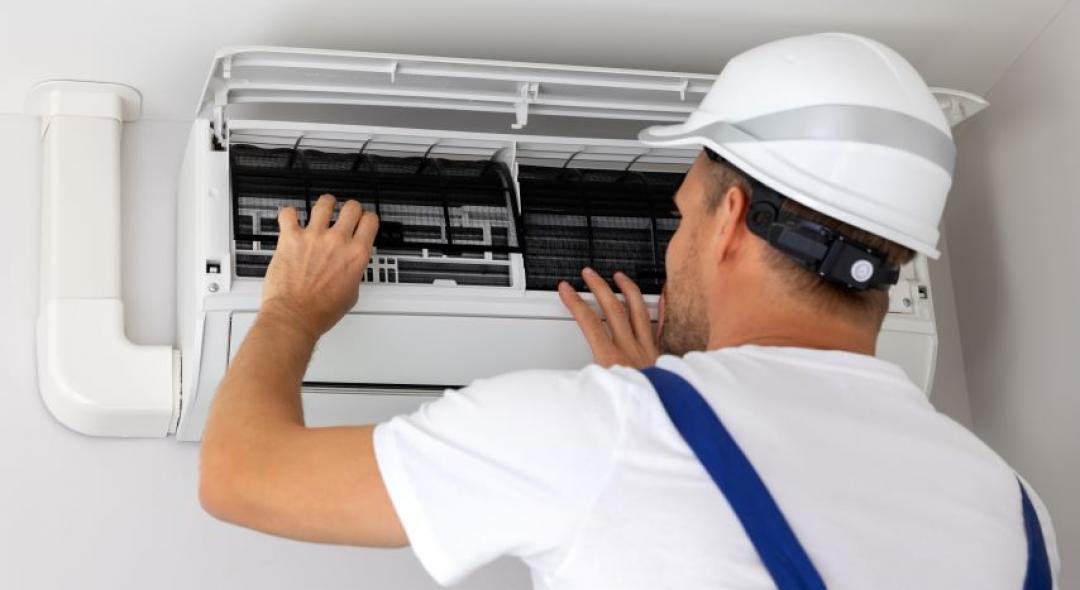Owning a home is a central part of the American dream. That doesn’t mean that it’s always a dream to own one, though! Homeownership requires you to know certain basic things to keep your home in good shape. We’re not talking about knowing how to build a house or wire in an electrical panel, just the very basic stuff a homeowner needs to know in order to keep their home in tip-top shape. Most of the knowledge listed requires little more effort than simply finding the item in your house and knowing how to use it if the situation calls for it.
Water Shutoff Valve

Knowing how to shut off the water supply to your home is absolutely crucial. If a pipe bursts or a hot water heater ruptures, you’ll need to stop the flow of water right away to prevent water damage from spreading throughout your property. Typically located close to the water source (in this case, the pipes coming in from your city or well water supply), this valve may look insignificant. Nothing could be further from the truth, however, and you’ll find that out if you ever need to shut off the valve. It’s also a good idea to shut off the water supply if you’re forced to evacuate in the face of a severe storm.
Circuit Breaker Panel Location

Knowing the location of your breaker panel is incredibly important. If you ever lose power in a limited area of the home, it’s safe to guess that you’ve tripped a breaker and need to turn it back on. That’s where the breaker panel comes in. We recommend labeling every breaker so that you know what part of the house it controls, so that you don’t have to flip them all to determine what goes to what. The breaker panel is also where the “master breaker” is located, which will turn off electricity to the entire home. This is good to know if you’re ever installing a fan or light switch, since you certainly want your home’s full electrical system cut off to avoid electrocution.
Toilet Flow/Fill Valve

Every toilet in your home will have one of these. They’re important because they allow or restrict water flowing to the toilet. If your toilet is overflowing, you can remedy the problem by cutting the flow to the toilet. This is especially useful if the toilet is clogged and starting to overflow less-than-clean water.
Central Heating/AC Power Switch

If you have a central air system, you’ll need to know where the power switch is for it. Aside from obvious reasons of turning it on and off, the repair pro will ask you where it is if there’s ever a need for a repair. In most cases, this switch or “shutoff” will be close to the condensing unit (which is the big box with the fan, usually on a concrete pad in the yard).
Property Lines

Good fences make good neighbors, but only if you put the fence on your side of the property line. Every homeowner should know the boundaries of their property, and the information is readily available from the city or town hall.
Sewer or Septic System Access

This will be crucial if you ever need your septic tank pumped (which you will). For those of us on sewer line, knowing where the sewer pipe comes into the house is important if your plumbing system ever gets a serious backup. For those of us in more rural areas, access to septic and sewer systems is probably buried somewhere in the yard and will need to be dug up for service.
Storm Cellar Location

This is mostly for those of us living in Tornado Alley. Knowing where the entrance to the storm cellar is could literally save your life. It’s worth noting that not every home has a storm cellar, and those that do should be inspected for structural safety by a professional.
Knowing the location of these crucial home features is an absolute must for any homeowner. The easiest way to locate these is to simply look for them, find them, and write down their location. Keep that paper in a safe place, and post a copy on the fridge. That way, anyone who needs to shut off or access any of the above can do safely and without going crazy hunting it down.
